
Full control of the 3D Cursor for precision modeling
Back from the holidays after a break from the blog, we are back with a lot of news for architectural visualization artists using Blender. To get start I will recommend a new Add-on for Blender 2.56a that I found this morning, and from my point of view, this is a must have for anyone using Blender for modeling. The Add-on is called Cursor Control and with the tool we can have full control over the position of the 3D Cursor.
This is one of that features that we can only find in Blender, which can be annoying for users migrating from softwares like 3dsmax or Maya, but we can`t live without after getting used to work with it.
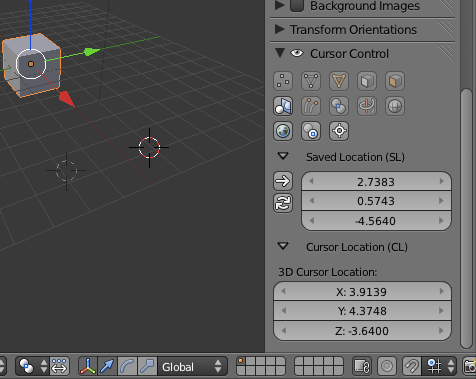
How about get some extra controls for the 3D cursor, like the ability to:
- Store cursor location to a saved location (SL)
- Move cursor to SL
- Swap cursor and SL
- Saved Location is shown on the screen if chosen to.
- Move cursor to closest point on selected mesh elements: vertices, edges, lines, faces, planes. Edges are constrained by their vertices, and faces by their edges. Lines and planes are infinite.
- Mirror cursor around SL, a vertex, a line or a plane
- Move cursor to median of selected vertices.
- Move cursor to closest encounter of two lines. Alternates between the two possible solutions.
- Move cursor to closest point on 3-point cylinder axis. (Also for 3-point circle center)
- Move cursor to closest point on surface of 3-point sphere. (Also for 3-point circle circumference)
- Move cursor to closest point on surface of 4-point sphere.
- Move cursor to world origin
- Move cursor to active object origin
The script was created by an user from the Blenderartists forums called Seminumerical, and is fully compatible with Blender 2.56a. Just make sure you download version 0.41.

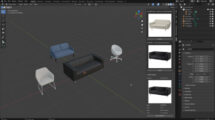
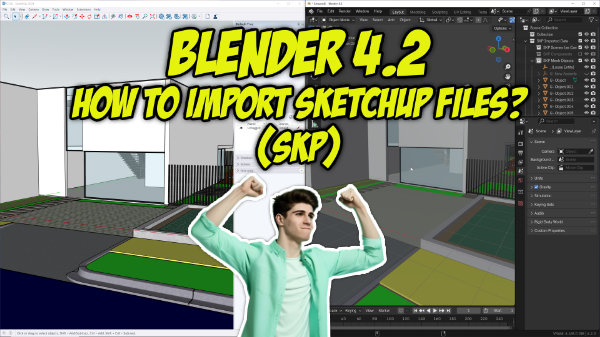
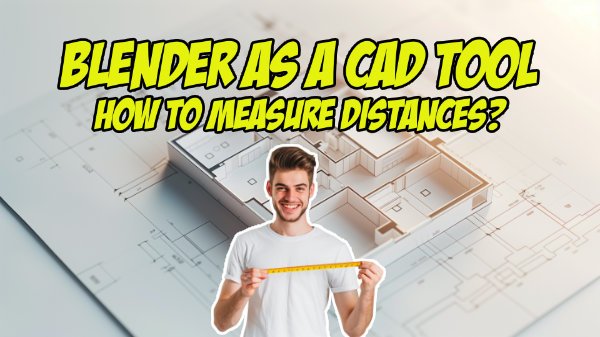
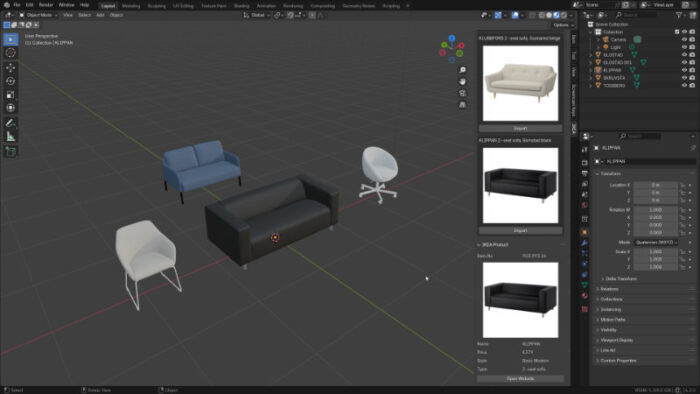

Excelent thanx for sharing!!
This looks very interesting, thanks! I’ll have to check it out.
It’s a shame that, by default, the 3d cursor is the least controllable object in the 3d view. Hopefully, this will bring it up a few rungs on the ladder.
It will be interesting to see what additional tweaks can be done now that a foundation of code has been established.
Sick. I was about to write something like this. Thanks for the heads up!
This looks very very useful.
Useful indeed!